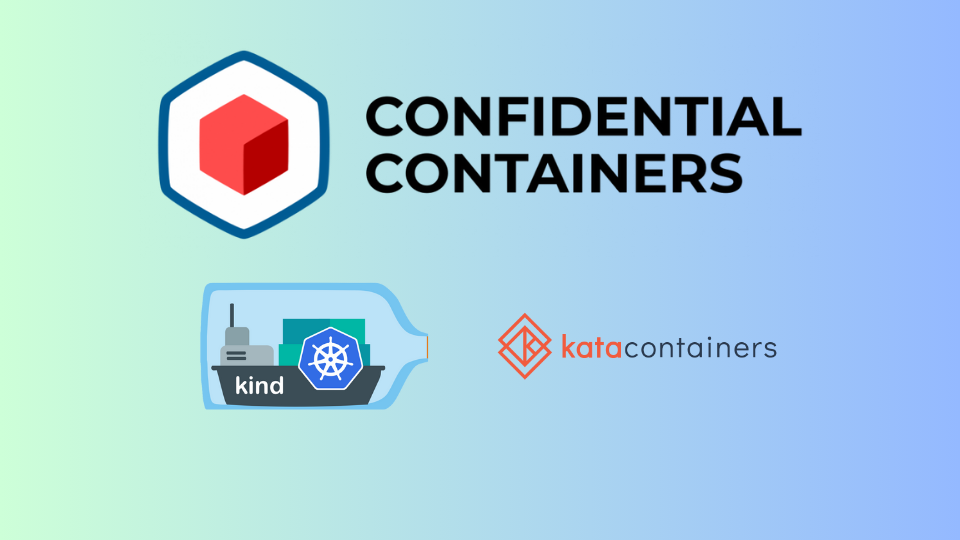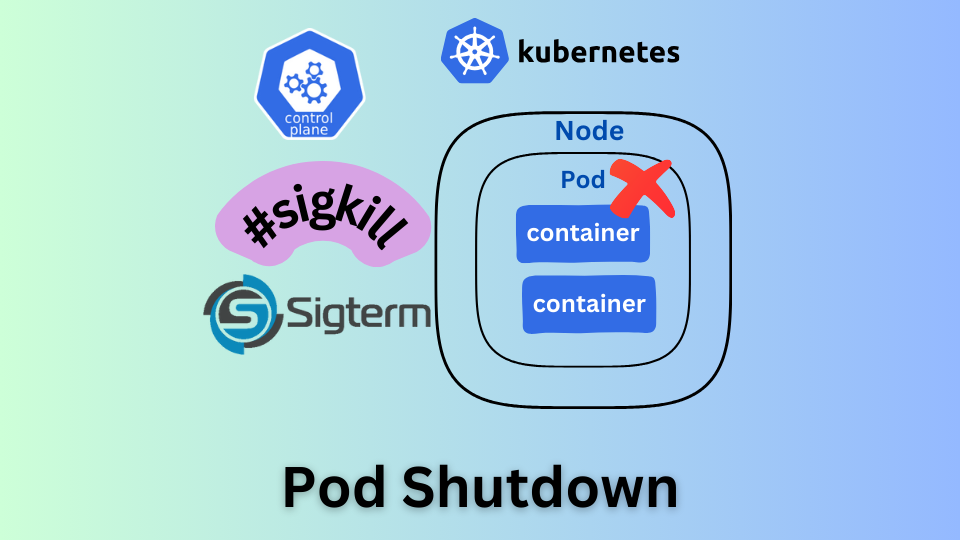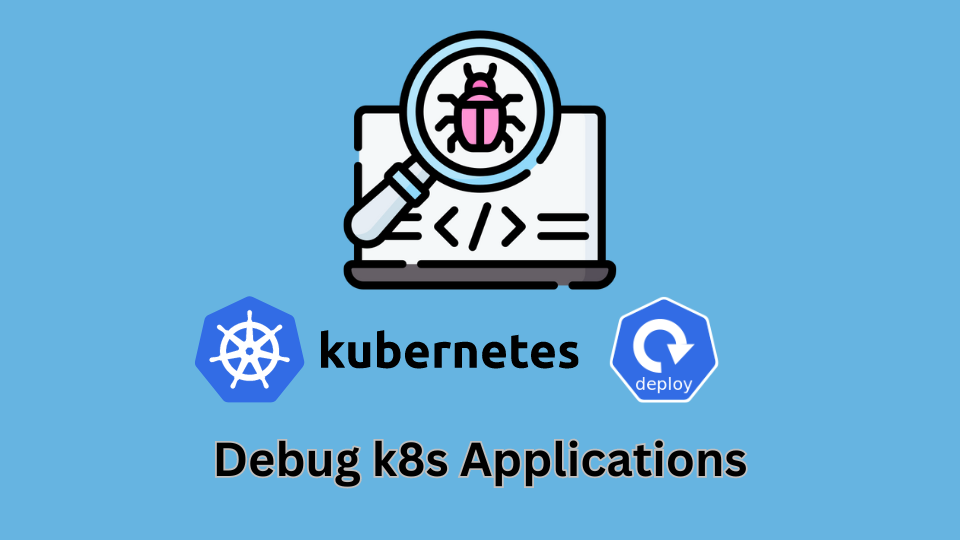GitOps with ArgoCD and FluxCD

GitOps implementation with ArgoCD and FluxCD Before moving ahead with hands-on, let’s first make sure to have the following things in place: Pre-requisite: 1. Hope you have access to your personal Github account 2. hope you had generated personal access token PAT key for yourself to access your repositories from your GitHub and store it somewhere (don’t […]
Containerd and ctr

To learn how to work with container images and containers using containerd In container runtime and runC hands-on lab, we have looked at the evolution of containers and their use cases with runC implementation. But with the help of runC, we can only create one container. If we have to manage multiple such runC containers we have […]
Introduction to Confidential Containers

Get familiar with Kata containers based Confidential Containers stack Confidential Containers (CoCo) is a CNCF sandbox project which aims to integrate existing Confidential Computing (CC) infrastructure support and technologies with the cloud-native world. The following references are a good read: In this lab, we’ll be deploying the Kata containers based CoCo stack as shown in the […]
Kubernetes Tip: How To Gracefully Handle Pod Shutdown?

To know about graceful termination of pods and difference between SIG-TERM and SIG-KILL for container deletion. Shutting down an application Pod is as important as starting it up. We need to release all of the resources used by the application and process in-progress requests etc. Proper shutting of applications helps in reducing chances of request failure.There […]
Core Dumps with Kata Containers

To learn about core dump with kata containers In the previous blog, we discussed the use of Kata containers for building isolated dev and build environments. In this hands-on lab, let’s take things a step further by discussing how to handle core dumps with Kata containers. There are a variety of reasons why you may need to analyze an application […]
Different ways to debug your Kubernetes apps

To learn about the different ways to debug your Kubernetes applications This blog will briefly discuss what I typically use for debugging Kubernetes apps. I hope you will find it helpful too. Exploring different ways to debug Kubernetes apps In this section, we will be going through some of the ways like kubectl exec, sharing namespaces, […]
eBPF – An Overview

Why should everyone care about eBPF? Using eBPF, we can now program the Linux Kernel dynamically and get insights, which was not easily possible earlier or were very expensive . It is changing the game in the system’s side the way JavaScript helped us bring everything on the browser. There are now many emerging use-cases […]
Kubectl Tips & Tricks

To get familiar with kubectl and improve productivity with its useful commands For anyone who learns and works with Kubernetes, its CLI kubectl becomes one of the essential tools to know as to interact with the cluster. Kubectl is a command-line tool that is used to communicate with the Kubernetes control plane via a Kubernetes API. As Kubernetes API is […]
Is Kubernetes Secrets…. A Secret?

To know how one can get access to Kubernetes secrets In the previous blog, we saw how etcd works with Kubernetes and how to access etcd. Now we will be learning how etcd stores secrets and can one can access those secrets or not? As we know containerized applications running in Kubernetes almost always need some […]
Vault In Kubernetes With Sidecar Injection

To know how to inject secrets into the kubernetes pods via vault agent sidecar injector Keeping Kubernetes secret a secret (secure) is one of the challenges an organization faces as these secrets are only encoded and not encrypted by default at REST. These secrets are stored in ETCD, a key/values store with all the Kubernetes configurations. Creating a Kubernetes secret […]

